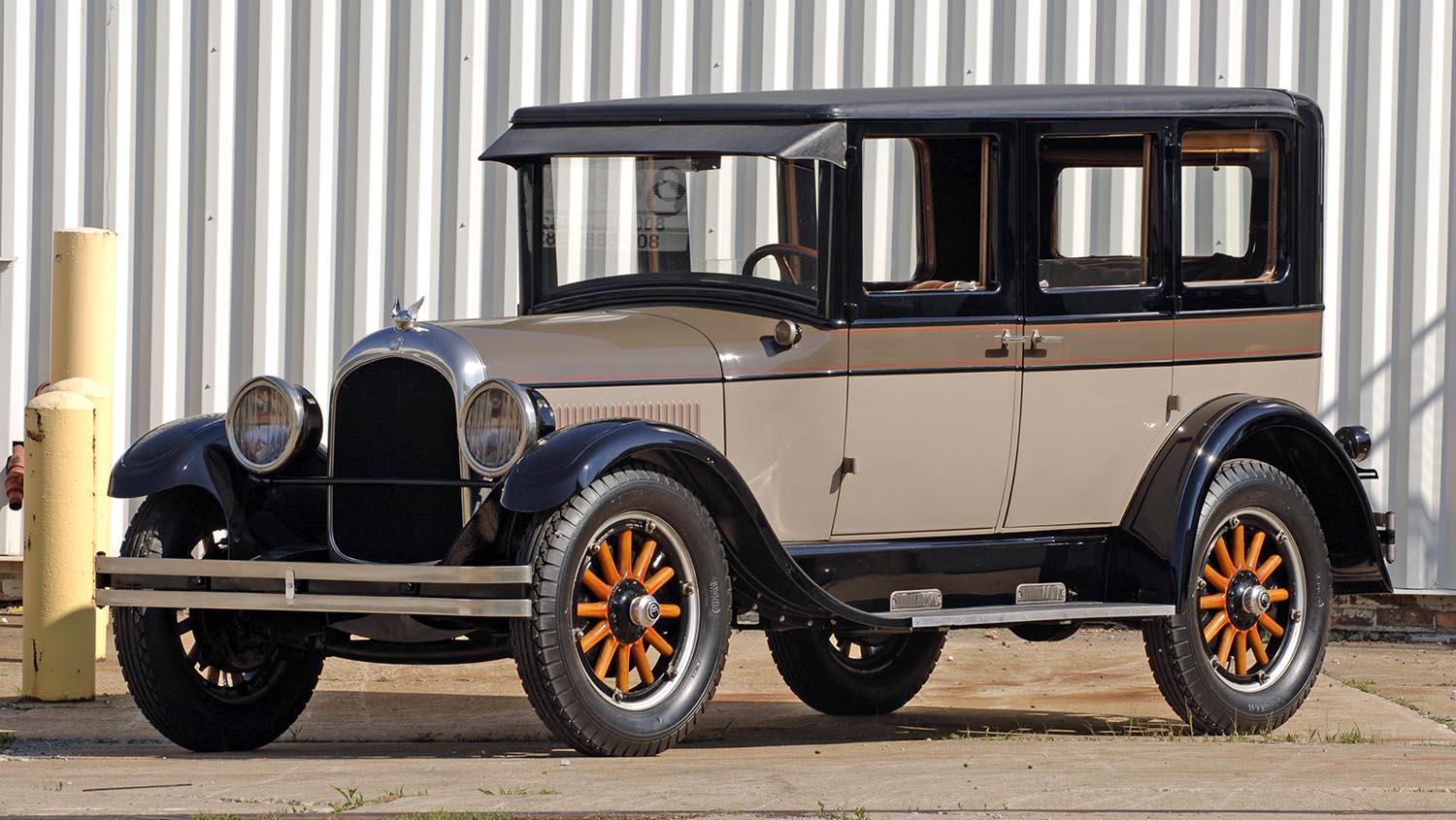
Imagine the Roaring Twenties, a time of massive societal change and a booming automotive landscape. You might think of the Model T, but another car was quietly launching a revolution. The 1925 Chrysler B70 Sedan stands as one of the most significant vehicles in early American motoring. This model, the first to truly bear Walter P. Chrysler’s name, was engineered to blend high performance and sophisticated technology with a genuinely accessible price tag. It quickly made rivals look old-fashioned, instantly establishing a new force in Detroit’s competitive scene. Therefore, understanding the B70 is key to appreciating nearly a century of Chrysler history.
The Dawn of the Chrysler Corporation
The introduction of the Chrysler Six, designated the B70, was a statement of intent from its namesake, Walter P. Chrysler. He was not satisfied with the industry’s status quo of under-engineered and often clumsy mid-market cars. Instead, he sought to deliver a product that offered a better driving experience and superior engineering for the dollar. His ambition led him to assemble a legendary team of engineers, Fred Zeder, Owen Skelton, and Carl Breer, often called “The Three Musketeers.” This trio was instrumental in turning Chrysler’s vision into the B70 reality.
Setting a New Benchmark for Innovation
This sedan was a veritable manifesto of modern features. Most manufacturers reserved advanced engineering for their most expensive luxury offerings. Consequently, the average driver had to settle for dated designs and compromised performance. The B70, however, democratized several key technologies. For example, its inclusion of four-wheel hydraulic brakes was a massive leap forward for safety, making two-wheel mechanical brakes obsolete almost overnight. This single feature gave the B70 a huge advantage in control and stopping power.
Engine and Performance Specs That Raised Eyebrows
The heart of the 1925 Chrysler B70 Sedan was a straight-six L-head engine. This power unit was remarkable for its era, boasting a then-unheard-of high-compression cylinder head with a ratio around 4.7:1. That was a significant improvement over the typical 4:1 found in many contemporaries. The engineering team coupled this high-compression design with a strong seven-main bearing crankshaft, which ensured exceptional smoothness and durability. Furthermore, the engine featured a full-pressure lubrication system and the first replaceable oil filter in a mass-produced car. These mechanical innovations allowed the B70 to produce a robust 68 horsepower at 3,000 rpm. The car’s name, B70, referenced its top speed capability of 70 miles per hour. That figure made it one of the fastest American production cars of its day, outperforming many higher-priced rivals and making it a performance leader in its class.
A Look at Design and Styling
While the B70’s revolutionary engineering garnered much attention, its appearance also signaled a modern era. The sedan featured a sleek, low-slung look compared to the boxier, taller vehicles of the time. Its lines were graceful, moving away from the “living room on wheels” aesthetic common in 1920s cars. The interior was also a cut above, offering a glazed instrument panel that presented a new standard of luxury in its price segment. This blending of performance, safety, and sophisticated styling made the B70 a runaway hit right from its debut.
How the B70 Secured Chrysler’s Future
The commercial success of the B70 in 1924, selling over 32,000 units in its first year, cemented the new company’s foundation. This strong start proved Walter Chrysler’s philosophy was right: people wanted advanced engineering and value combined. The B70’s success provided the capital and confidence needed for Chrysler to buy out the Maxwell Motor Company, which had built the first cars, and formally establish the Chrysler Corporation in 1925. Consequently, the B70 is not just an old car; it is the physical start of one of America’s “Big Three” automakers.
The 1925 Chrysler B70 Sedan is truly an automotive icon, representing the moment a major new player arrived with an uncompromising commitment to engineering and value. It pioneered features now considered standard and set a new bar for performance and safety that rippled throughout the entire auto industry.
Disclaimer: Content on this site is for informational purposes only. Vehicle specs, pricing, and availability may change. Always verify details with official sources before making decisions. Opinions are those of the authors.
Source: Stellantis
